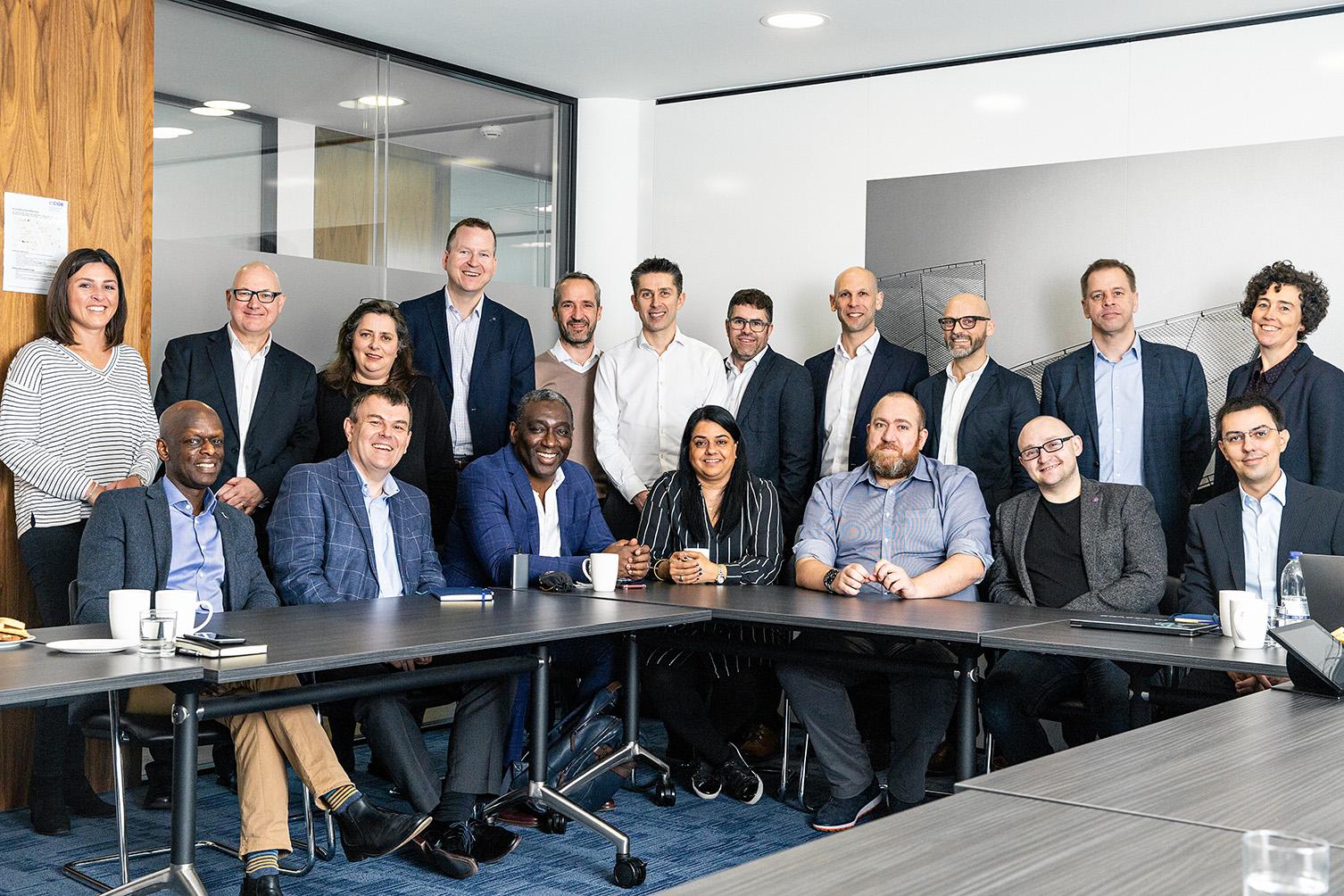
The sixth of our series of eight BIM roundtable events was held on Monday 25 March and saw 15 technology companies join us around the table to discuss how technology was helping – or hindering – BIM to become business as usual.
The technology vendors described some of the advances in the tools they have developed and how better functionality is supporting increased collaboration. Among the topics provoking lively discussion were software interoperability, the Common Data Environment (CDE) and COBie.
One of the main challenges for the technology companies is that, in general, larger firms want configurable solutions that they can integrate with existing systems, whereas SMEs need solutions that come straight ‘out of the box’.
While the BIM mandate was perceived to be a key enabler, client maturity – or lack of it – was seen to be a key blocker. The construction industry is a challenging environment in which to innovate, thanks to the very variable skills and capabilities of firms across its supply chain and the low margins it operates on. While BIM provides an answer to some of these problems, adopting it remains a challenge. Participants highlighted the oil and gas sector as a good example of client-led, cross-sector collaboration with open standards and a possible model to follow.
Overall, it was agreed that there is still plenty to be done before BIM becomes business as usual. Lowering the barrier to entry through standard templates – ‘vanilla BIM’ – could help accelerate adoption which, in turn, should drive a wider industry call for greater interoperability, data transfer and ‘out of the box’ solutions. This, in its turn, will expand the market for technology providers and mean they are in a better position to develop new products that will address current points of tension.
